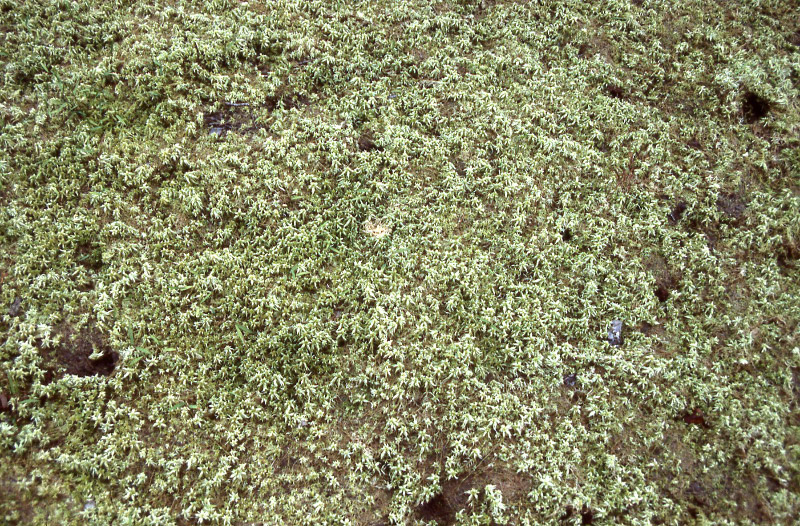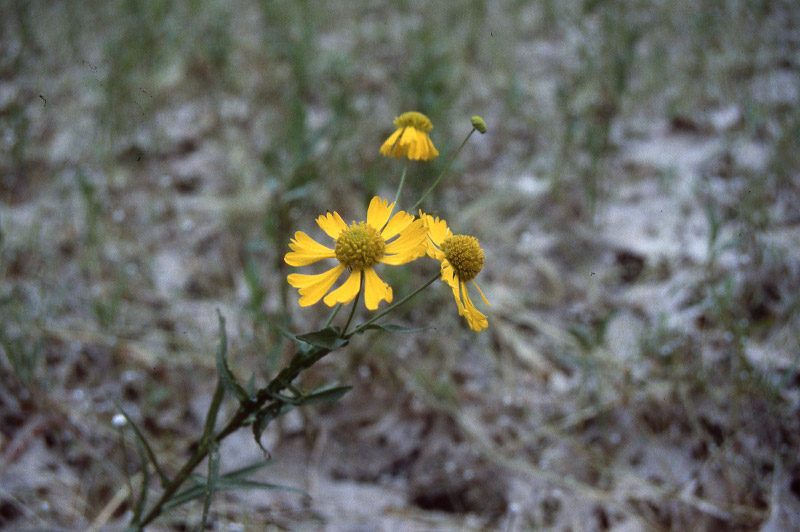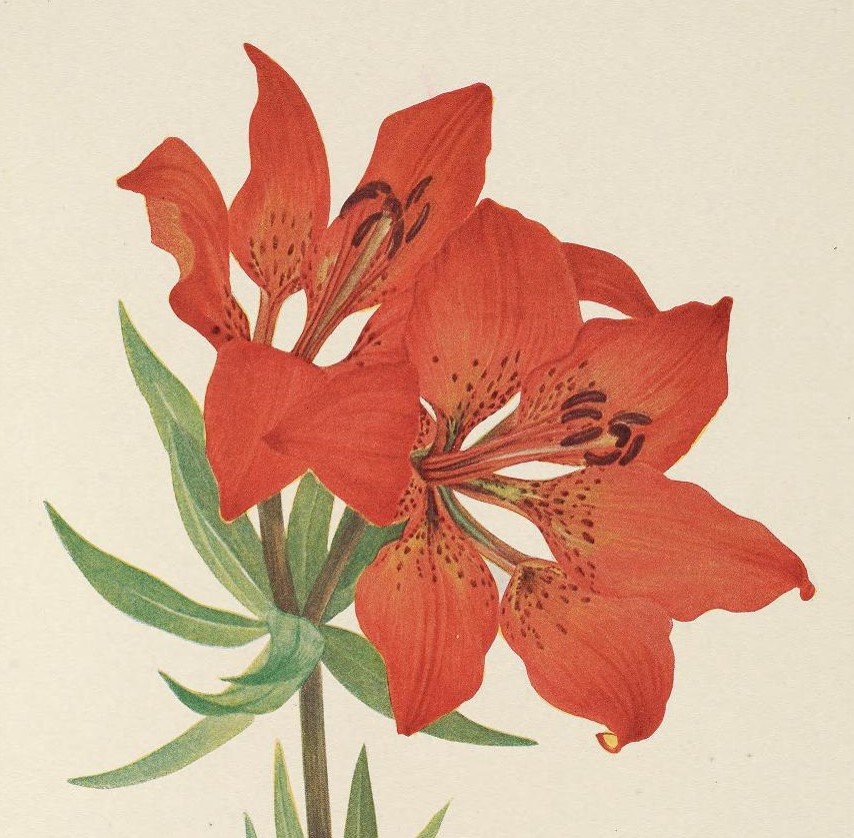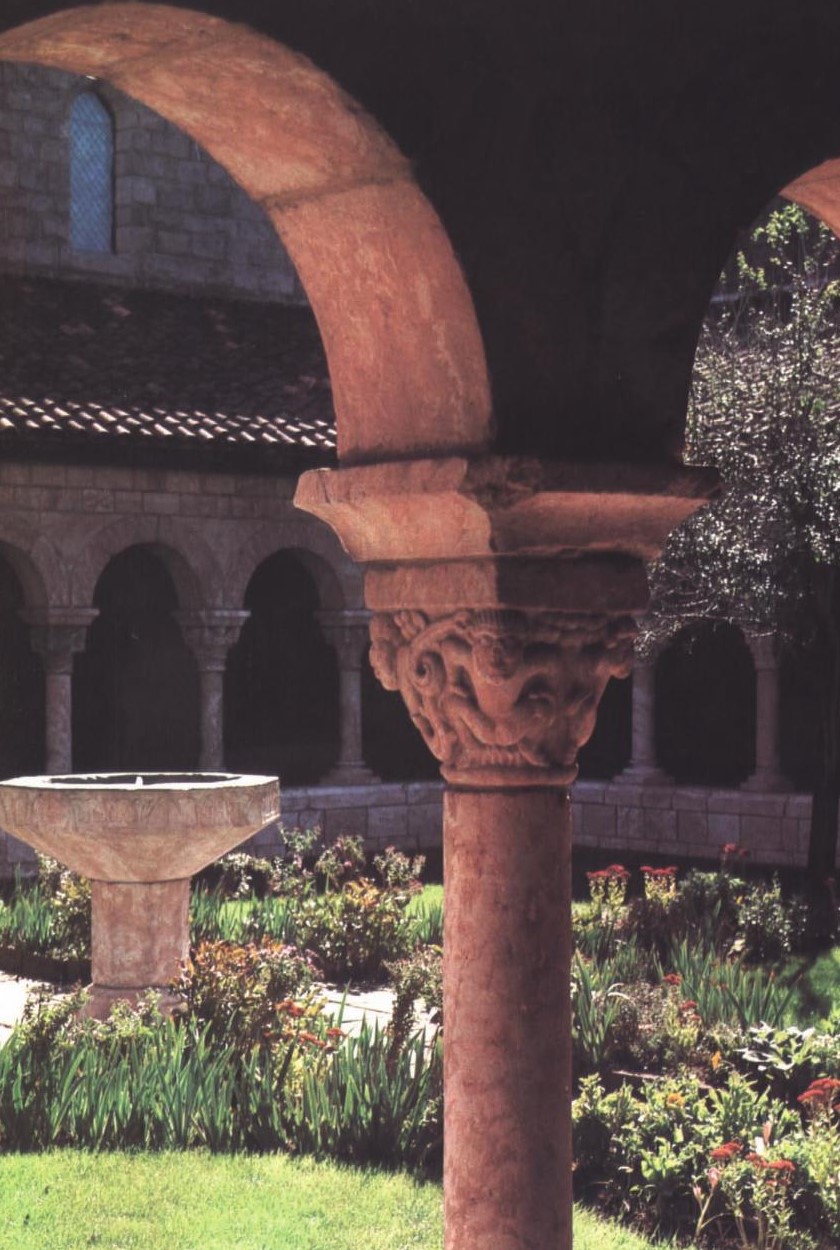Sinkhole Ponds in Virginia – September 1984
/As I continue my scanning project of old slides and pictures, I am recalling again a field trip we took with the Nature Conservancy to sink hole ponds in Virginia. They were located about 20 miles west of Charlottesville. I don’t remember the exact location. All the details I am savoring today are from the pictures themselves and a letter I sent to my sister in mid-September 1984. Here’s a clip of the text from that letter illustrated with the slides I recently scanned.
… sink holes that had been artificially dammed so they contained water, but were still fairly shallow. They had golden rod and button bushes. Evidently they had cranberries on one side, but we couldn't get over there without waders. 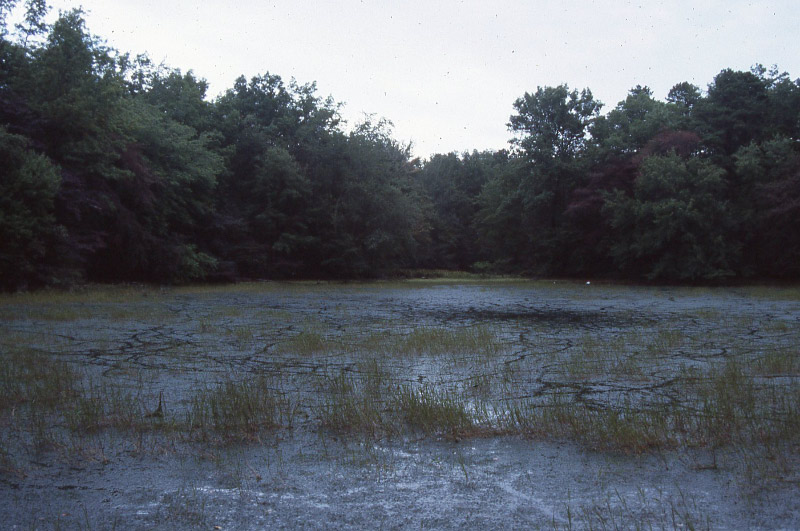
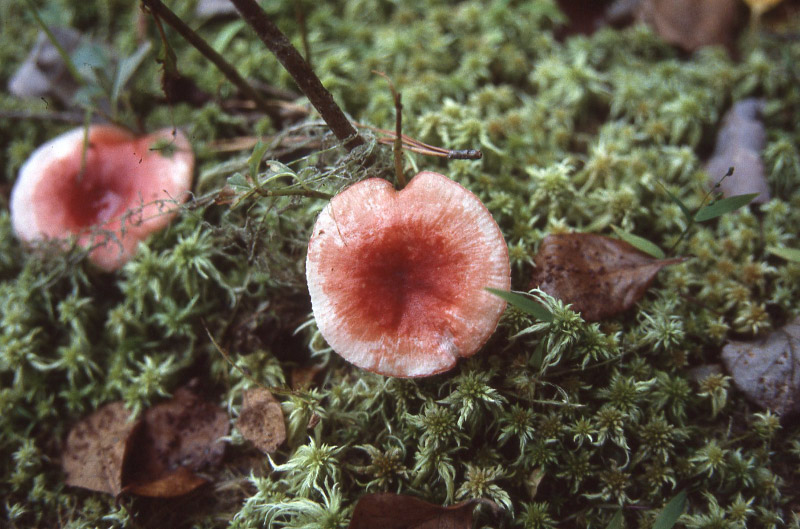
The next pond was totally dry, on]y containing water for a short time after a major rain. It had one lone tree growing right in its center. 
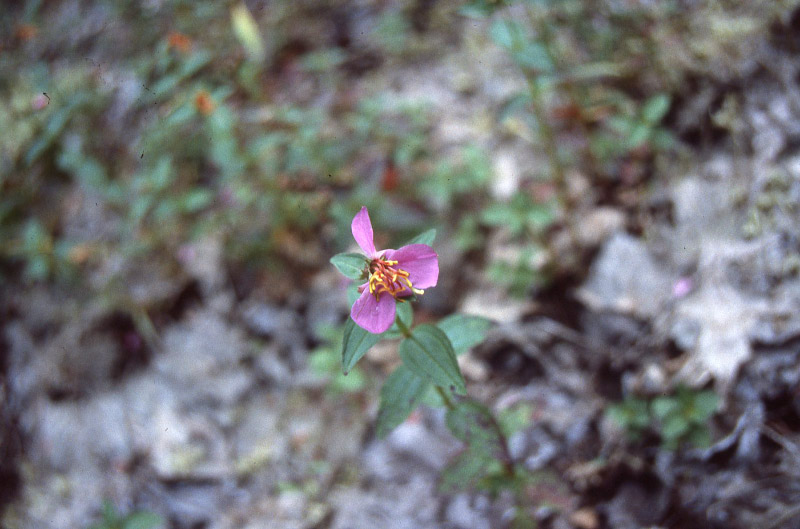

The next one was more of a rounded funnel than a bowl shape. The very deepest part contains water year round. A form of grass sprouts, blooms and produces seed right at the water’s edge. You can tell how fast the water is evaporating by noting how far up the slope the grass is still growing. Evidently it doesn't last long once away from the water's edge. 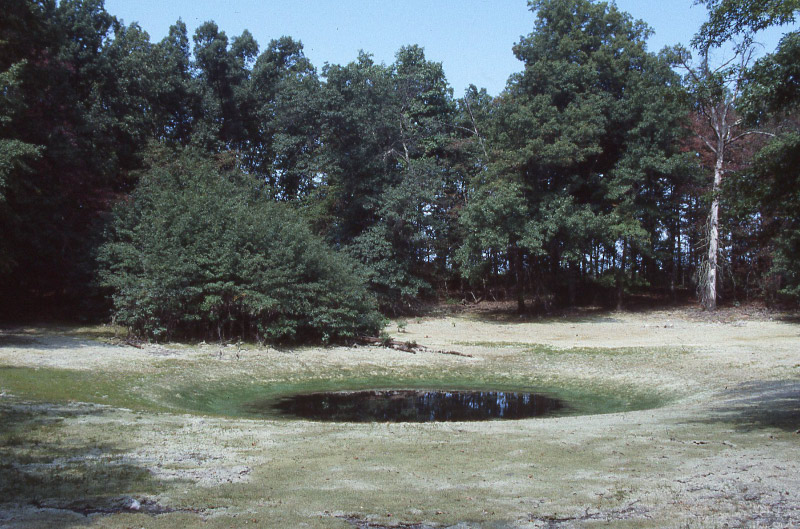
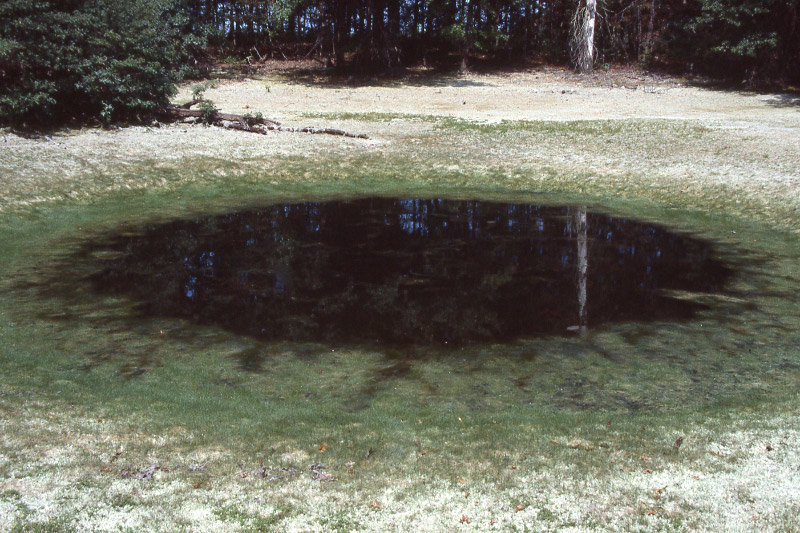
Of course, there is a carpet of peat moss all around the pond and it's very interesting to note the different appearance of the peat as it dries out. It's very squishy when it’s full of water. The last pond was my favorite. It stays full all year since it is fed by springs that bubble up through the peat. It's quite shallow but has been a pond for over 2,000 years (a core sample has been taken). 